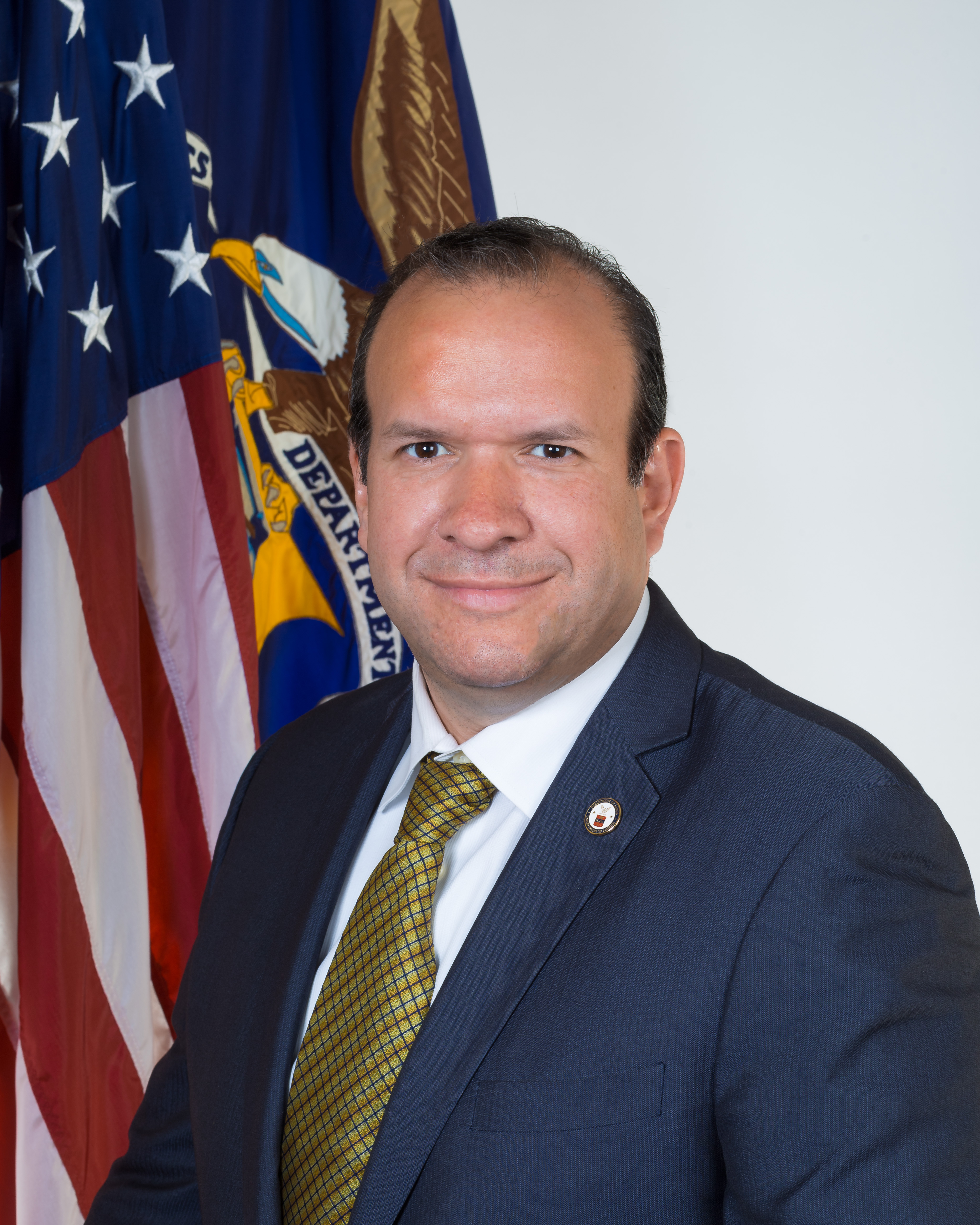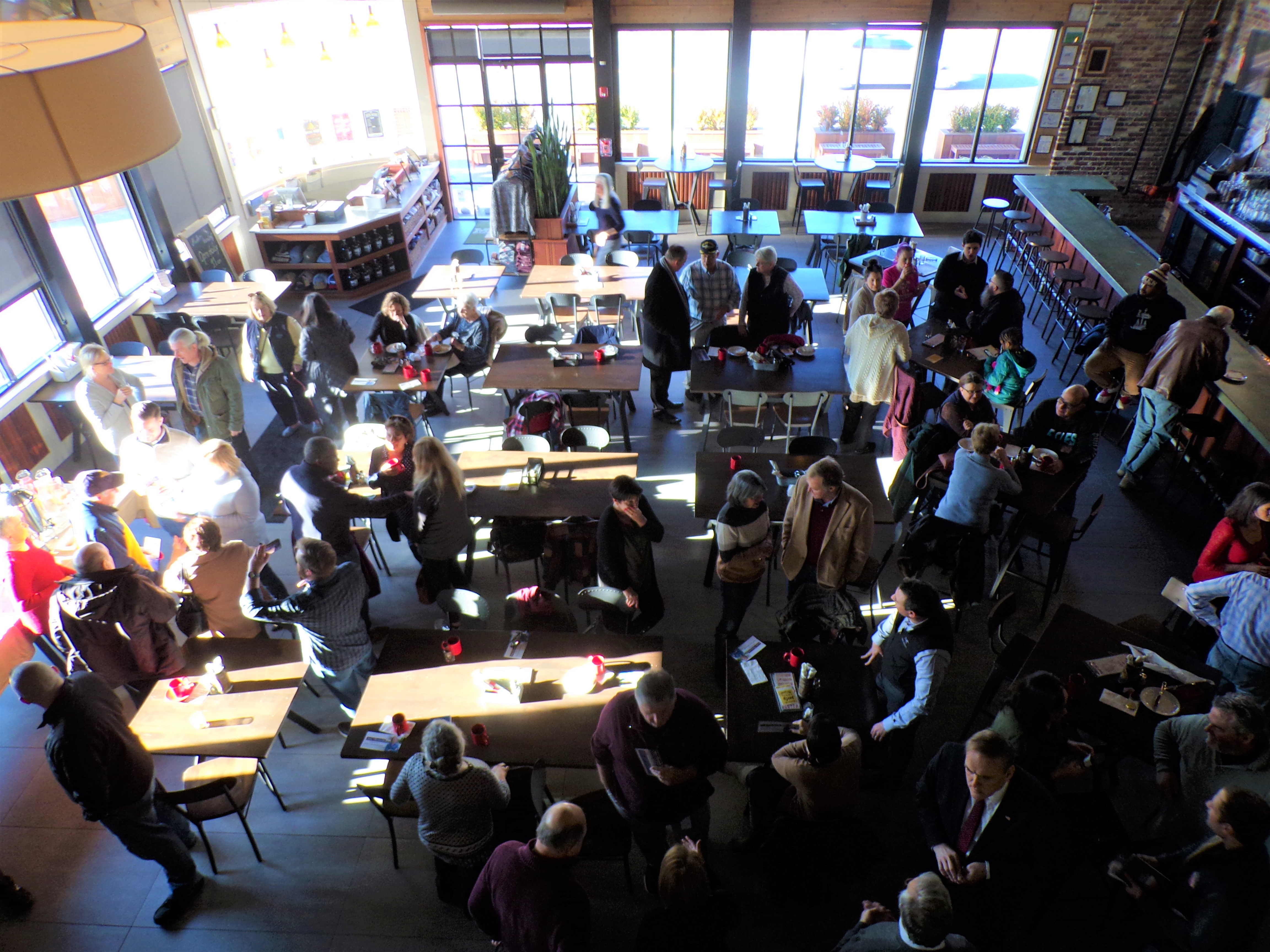Parsippany-Troy Hills Township, commonly called simply Parsippany, is a township in Morris County, New Jersey, United States. As of the 2010 United States Census, the township’s population was 53,238, reflecting an increase of 2,589 (+5.1%) from the 50,649 counted in the 2000 Census, which had in turn increased by 2,171 (+4.5%) from the 48,478 counted in the 1990 Census.
The name Parsippany comes from the Lenape Native American sub-tribe, which comes from the word parsipanong, which means “the place where the river winds through the valley”. Parsippany-Troy Hills is the most populous municipality in Morris County. The name Troy Hills was changed from Troy, to avoid confusion of mail being sent erroneously to Troy, New York.
Parsippany-Troy Hills was incorporated as a township by an act of the New Jersey Legislature on March 12, 1928, from portions of Hanover Township, based on the results of a referendum held on May 9, 1928, that split off both East Hanover Township and Parsippany-Troy Hills from Hanover Township.
Since 2006. Parsippany-Troy Hills has been consistently recognized by Money magazine as one of the Best Places to Live in the United States. That year Parsippany was ranked 17th on the list, the highest-ranked location in New Jersey. In 2008, it moved up to 13th position. Parsippany returned to Money magazine’s “Best Places” list in 2012, in the 15th position, and again in 2014, where it ranked 16th with Money citing its “Arts and leisure”. Parsippany’s ranking improved to the 5th-ranked position on the “Best Places” list in 2016, but in 2017 dropped to 33rd. In 2018, Parsippany again made the list, at the 23rd-ranked position
After the Wisconsin Glacier melted around 13,000 BC, half of Parsippany was filled with water as this was Lake Passaic. Around the area grasses grew, as the area was tundra and then turned into a taiga/boreal forest as the area warmed. Paleo-Indians moved in small groups into the area around 12,500 years ago, attracted by the diversity of plant and animal life. Native Americans settled into the area several thousand years ago, dwelling in the highlands and along the Rockaway River and the Whippany River, where they hunted and fished for the various game that lived in the area and migrated through the area in autumn. Paintings in a rock cave were found in the late 1970s in western Parsippany in the highlands.
From 1611 to 1614, the Dutch established the colony of New Netherland, which claimed territory between the 40th and 45th parallel north, a zone which included northern New Jersey. The Native Americans traded furs and food with the Dutch for various goods. In return the Dutch gave the Native Americans metal pots, knives, guns, axes, and blankets. Trading with the Native Americans occurred until 1643 when a series of wars broke out between the Dutch and Native Americans. There were hostile relations between the Dutch and Native Americans between 1643 and 1660. This prevented colonization by the Dutch of the Morris County region which was technically included in their claimed “New Netherland.”
On August 27, 1664, three English ships approached Fort Amsterdam and the fort was surrendered to the English. The English now controlled New Netherland and Morris County was now under control of the colony of New York. Relations with the Native Americans improved for a while.
There was a war with the Dutch ten years later. The Dutch re-took control of New Amsterdam but after a year returned it to the English. Relations with the Native Americans and English improved for a while. English settlers started to move into the area around 1700. The Parsippany area had flat land and fertile soil, and a fresh water supply, allowing them to succeed at farming. All types of game, especially waterfowl, provided colonists a chance to succeed.
According to the United States Census Bureau, the township had a total area of 25.394 square miles (65.771 km2), including 23.563 square miles (61.029 km2) of land and 1.831 square miles (4.742 km2) of water (7.21%).
Unincorporated communities, localities and place names located partially or completely within the township include Greystone Park, Lake Hiawatha, Lake Intervale, Lake Parsippany, Mount Tabor, Parsippany, Powder Mill, Rainbow Lakes, Rockaway Neck, Tabor and Troy Hills.
Lake Hiawatha and Mount Tabor are neighborhoods with their own ZIP codes. In 2000, 55% of Parsippany residents had a 07054 ZIP code. In 2011, Parsippany residents could live in one of 12 ZIP codes. Until 2000, there was a 13th ZIP code within Parsippany, eliminated with changes at the Greystone Park Psychiatric Hospital.
Parsippany-Troy Hills lies in the Newark Piedmont Basin. Around 500 million years ago, a chain of volcanic islands crashed into proto North America, riding over the North American Plate and creating the New Jersey Highlands, which start in the western portion of the township. This strike also created land formations in the rest of eastern New Jersey. Around 450 million years ago, a small continent, long and thin, collided with North America, creating folding and faulting in western New Jersey and southern Appalachia.
The swamps and meadows of Parsippany were created when the North American Plate separated from the African Plate. An aborted rift system or half gruben was created. The land area lowered between the Ramapo Fault in western Parsippany and a fault west of Paterson. The Ramapo Fault goes though western part of the township.
The Wisconsin Glacier came into the area around 21,000 BC and left around 13,000 BC due to a warming in climate. As the glacier slowly melted, this created rivers, streams and lakes, leaving most of the township under Lake Passaic, which was the biggest lake in New Jersey at that time, stretching from the edge of the Ramapo Fault in western Parsippany eastward to almost Paterson.
The area was first tundra when the Wisconsin Glacier melted and then as the area warmed formed taiga/boreal forests, along with vast meadows. Slowly, Lake Passaic drained and formed swamps in the township; Troy Meadows and Lee Meadows (on the old Alderney Farm tract) are perfect examples. Swamps and meadows next to oak forests created a diverse flora and fauna spectrum.
As of the 2010 United States Census, there were 53,238 people, 20,279 households, and 14,094 families residing in the township. The population density was 2,259.3 per square mile (872.3/km2). There were 21,274 housing units at an average density of 902.8 per square mile (348.6/km2). The racial makeup of the township was 62.37% (33,204) White, 3.52% (1,874) Black or African American, 0.17% (92) Native American, 29.09% (15,487) Asian, 0.02% (8) Pacific Islander, 2.03% (1,082) from other races, and 2.80% (1,491) from two or more races. Hispanic or Latino of any race were 8.32% (4,430) of the population. As of 2010, 17.4% of the township’s population self-identified as being Indian American, making them the largest minority group in the township; 6.6% of residents identified as being Chinese-American, which is the highest of any Morris County municipality.
Source: Wikipedia











